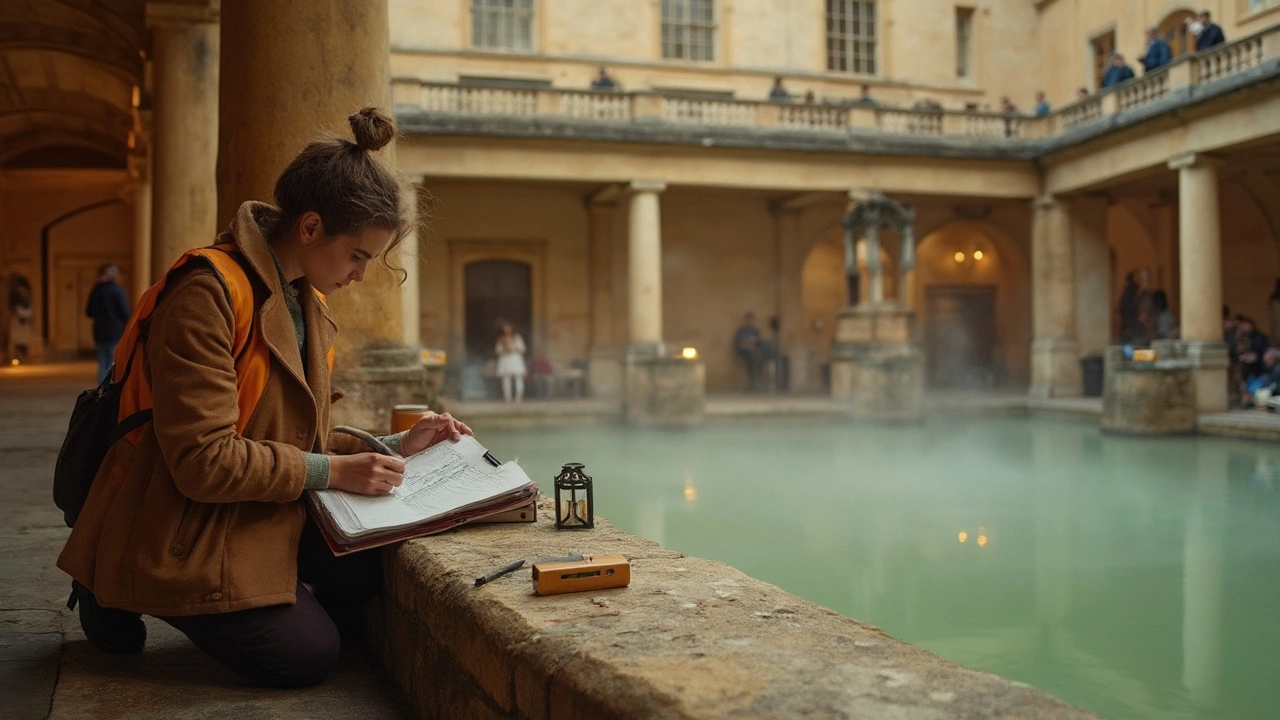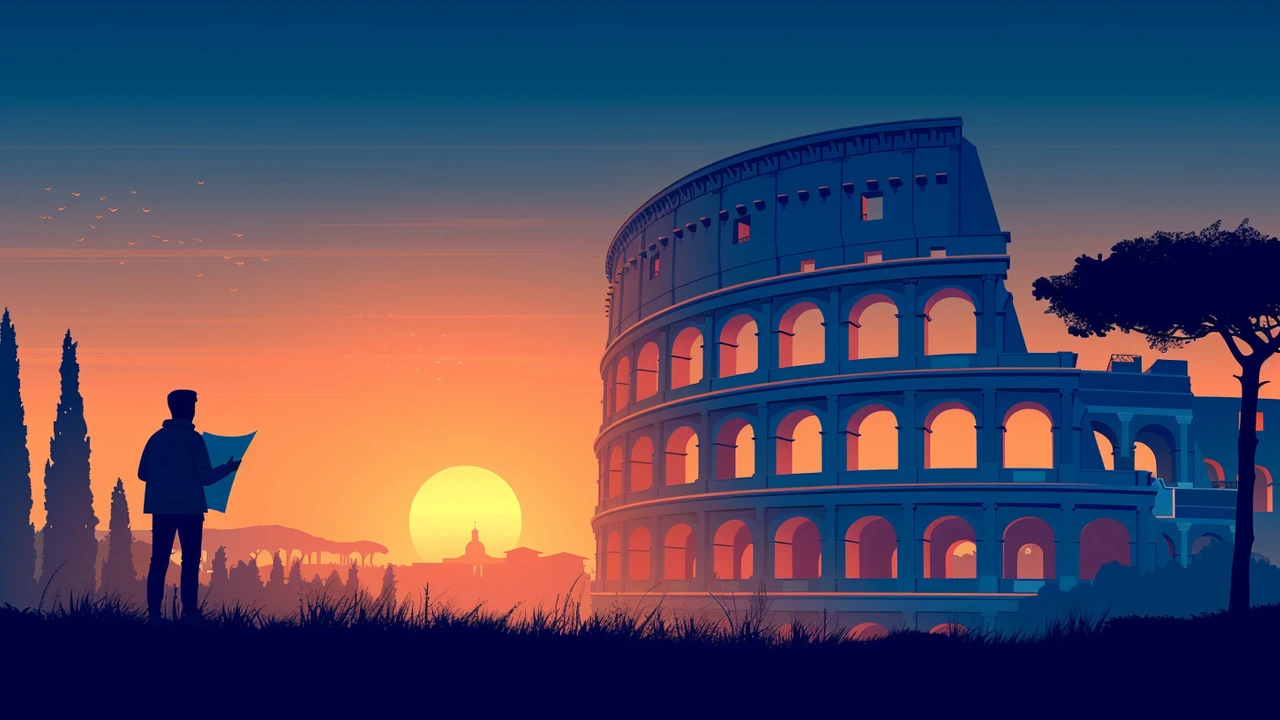Why Roman arches, concrete, and planning still set the standard. A clear guide with examples, checklists, and FAQs to read ruins and learn from Roman design.
Ancient Roman Architecture: Engineering, Style, and Lasting Influence
The Romans built more than monuments—they built systems. The Pantheon’s dome still stands almost 2,000 years later, and Roman roads shaped travel routes across Europe for centuries. If you want to understand where much of Western architecture started, this is the place to begin.
Key features and techniques
Start with concrete. Roman builders mixed volcanic ash (pozzolana) with lime to make a durable concrete that could set underwater and form complex shapes. That’s why big spans like the Pantheon’s unreinforced dome were possible.
Arches and vaults are everywhere in Roman work. The arch transfers weight efficiently, so walls could be thinner and buildings taller. Stacked arches form vaults and groin vaults, covering wide interior spaces without many columns—think baths and basilicas.
Domes grew out of these forms. The Pantheon combines a massive dome with a heavy drum and a lightening strategy: the concrete gets lighter toward the top. That mix of brute force and clever material use is a Roman signature.
Aqueducts and roads show Roman thinking beyond single buildings. Aqueducts carried water across valleys with precise gradients. Roads used layered construction for drainage and longevity—some Roman roads survive under modern highways. Engineering, not just style, drove many Roman decisions.
Iconic examples you can visit
Colosseum: Look for the sequence of arches and orders (Doric to Ionic to Corinthian) and the use of concrete core with faced stone. It’s an engineering puzzle as much as a theater.
Pantheon: Notice the oculus in the dome’s center and the shift from heavy walls to thinner shell near the top. The interior’s proportions feel balanced because Romans studied geometry and optics.
Aqueduct of Segovia and Pont du Gard: These show how elegant infrastructure can be. They’re repetitive, rhythmic, and built to precise slopes—simple but brilliant.
Roman baths: Open spaces, warm rooms, and underfloor heating (hypocaust) demonstrate planning for comfort at scale. The layout influenced public buildings for centuries.
Want to spot Roman influence today? Look for arches, domes, rhythmic colonnades, and heavy use of symmetry. Neoclassical buildings and many civic structures borrow direct ideas—columns, pediments, and grand steps all echo Rome.
Practical tip when visiting ruins: check construction joints, concrete cores, and reused materials. Romans recycled stone from older buildings; seeing mismatched blocks often tells a story about repairs or different building phases.
Roman architecture mixes bold forms with smart technical choices. It’s not just old style—it's a toolkit that shaped roads, water systems, and public buildings we still use as models. Spotting those tools changes how you see cities: lines, loads, and water flow are as much part of the design as pretty facades.
I just dove headfirst into the awe-inspiring world of Ancient Roman architecture, and let me tell you, it's like stepping into a time machine! These guys were the divas of durability, masters of masonry, and frankly, the Picassos of their time. The Romans were the first to use concrete, paving the way for our skyscrapers today - so when you're in your high-rise office, say a little 'grazie' to the Romans! From their magnificently gigantic Colosseum to those cute little aqueducts, the Romans certainly knew how to leave a lasting impression. So here's to the Romans, turning rubble into remarkable relics, one stone at a time!


